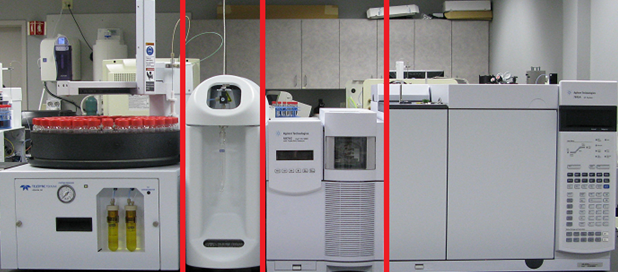Troubleshooting analytical instrumentation can be a cumbersome process. If we remember a few rules, the task can be simplified. First, take a moment to review the manuals for the instrumentation. Second, examine the facts and use valid reasoning to identify the root cause of the problem. Concentrate on anything that may have changed, like a column, trap, etc. Avoid “quick fixes” as they may cause more problems down the road. The most important thing is to be patient.
Troubleshooting Tips: Isolating the Problem
Posted by Teledyne Tekmar on Sat, Oct 13, 2012 @ 04:33 PM
Tags: Purge and Trap Concentrator, GC/MS, chromatography, Analytical Instrumentation, Concentrator, Autosampler, GC, MS
